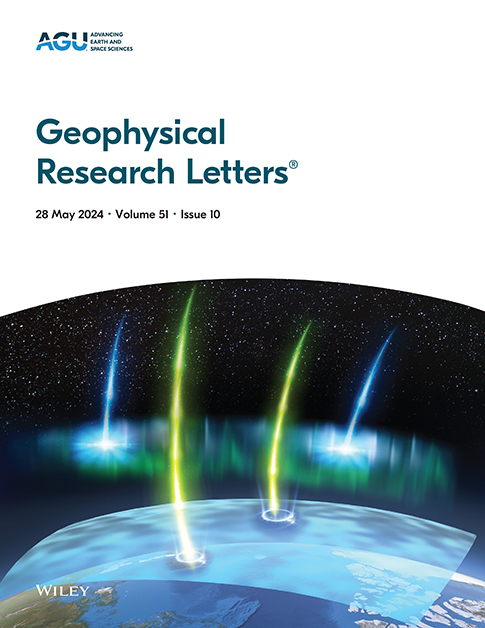植被绿化对中国东部夏季平均和极端地表温度的影响
IF 4.6
1区 地球科学
Q1 GEOSCIENCES, MULTIDISCIPLINARY
引用次数: 0
摘要
中国的植被绿化通过生物物理过程改变能量收支,从而使地表降温。然而,其对极端温度的减缓作用和潜在机制仍然知之甚少。本文利用陆地-大气耦合模式模拟,定量评估了2003-2018年中国东部植被绿化对夏季平均和极端地表温度的影响。研究表明,模拟的降温效应对中国干旱的东北地区夏季平均地表温度的影响比湿润的东南地区更为明显,这与卫星获得的温度响应一致。而对于极端高温,降温效应的空间格局则相反,这主要是因为高温伴随强辐射可以缓解东南地区蒸发降温的能量约束。这些发现强调了植被绿化在缓解极端高温方面的潜在作用,对当地基于陆地的缓解和适应战略具有重要意义。本文章由计算机程序翻译,如有差异,请以英文原文为准。
Impacts of Vegetation Greening on Summer Mean and Extreme Land Surface Temperatures in Eastern China
Vegetation greening in China is known to cool the land surface by altering the energy budget through biophysical processes. However, its mitigation effects on extreme temperatures and the underlying mechanisms remain poorly understood. Here, we use coupled land‐atmosphere model simulations to quantitatively assess the effects of vegetation greening on summer mean and extreme land surface temperatures in Eastern China over the 2003–2018 period. We show that the modeled cooling effect on summer mean land surface temperature is more pronounced in arid Northeastern China than in humid Southeastern China, consistent with satellite‐derived temperature responses. In contrast, for extreme hot temperatures, the spatial pattern of the cooling effect reverses, largely because high temperatures accompanied by strong radiation can alleviate energy constraints on evaporative cooling in Southeastern China. These findings underscore the potential role of vegetation greening in mitigating extreme hot extremes, with important implications for local land‐based mitigation and adaptation strategies.
求助全文
通过发布文献求助,成功后即可免费获取论文全文。
去求助
来源期刊

Geophysical Research Letters
地学-地球科学综合
CiteScore
9.00
自引率
9.60%
发文量
1588
审稿时长
2.2 months
期刊介绍:
Geophysical Research Letters (GRL) publishes high-impact, innovative, and timely research on major scientific advances in all the major geoscience disciplines. Papers are communications-length articles and should have broad and immediate implications in their discipline or across the geosciences. GRLmaintains the fastest turn-around of all high-impact publications in the geosciences and works closely with authors to ensure broad visibility of top papers.
 求助内容:
求助内容: 应助结果提醒方式:
应助结果提醒方式:


